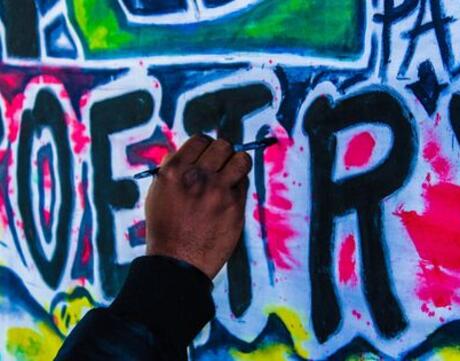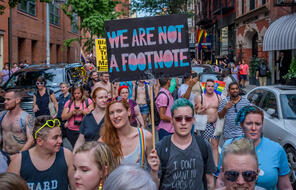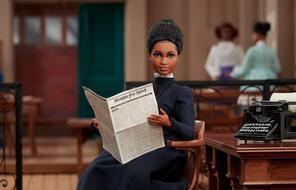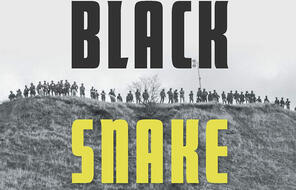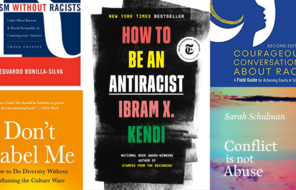Poems offer freedom of expression that is limited only by the imagination of the author.
Poetry can be nonsensical, such as Lewis Carroll’s “Jabberwocky.” Poetry can also be divisive (e.g. “Jabberwocky,” for some, is not nonsense at all). It can be about something very ordinary, like lunchtime, or about something extraordinary, like the ocean. And it can capture big emotions like love, hate, grief, and joy.
Poetry is also deeply connected to identity—this is represented throughout all poetic styles and tones.
Since its earliest days, before language was even recorded, spoken verse has provided a way to consider identity through stories of emotional contemplation, family, and community.
The open and illustrative nature of poetry gives space for a writer to study and think about identity through so many lenses, which is handy, as we humans contain multitudes. Poetry can represent a person’s silly side just as deftly as it can their serious side. Do you love sports? That can be a poem! Did you wrong someone and feel terrible about it? Pour your heart into haiku or a villanelle.
In a February 2023 interview, current United States Poet Laureate Ada Limón spoke about her creative process and how poetry helps us look at both our individuality and our place in the world at large.
Understanding identity is a cornerstone of Facing History’s pedagogy, and poetry is a wonderful tool that can encourage students to find their power, meditate on who they are, and voice their concerns as upstanders and participating members of society. Through this work young people gain not just personal perspective, but awareness and empathy for others.
The following collection of resources from Facing History offers different paths for engaging with poetry and identity. These exercises will allow students to explore their feelings and perspectives through reflection and poetic self-expression.
Teaching Strategy: Bio-poem: Connecting Identity and Poetry
Students clarify aspects of their identity or the identity of a historical or literary figure by writing poems that delve into deeper experiences.
Mini-Lesson: Use Poetry To Teach About Identity
Poetry can help students grapple with the complexities of identity and inspire them to tell their own stories.
Mini-Lesson: How to Bring Spoken Word Poetry into the Classroom
Introduce students to spoken word poetry and explore its power to give voice to issues that impact our communities.
Activity: Dual Identities
Examine the tensions that can arise when we must navigate multiple, and sometimes conflicting, identities.
Activity: Poetry and Power
Poetry can be a powerful means of creative expression.
Lesson: Responding to Difference
Students are asked to read a poem by James Berry and then apply the idea of difference to a creative assignment.

